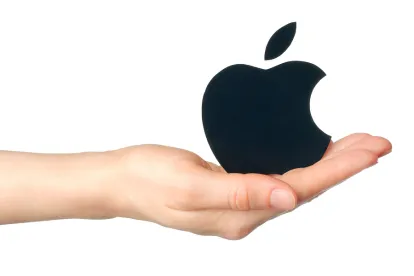Takeaway: If one asserts that the opponent’s argument is flawed because it is not supported by expert testimony, one should make sure to explain why testimony was required and to also explain any flaws in the rationale of the opponent’s argument.
In its Final Written Decision, the Board found that all of the challenged claims (1, 4, 6, 10, 12-15, 17, 20, 22, 26, 28-31, 33, 35, and 37) of the ’180 Patent are unpatentable. The ’180 Patent describes methods for communicating over the Internet.
The Board began with claim interpretation. The Board reviewed constructions of many terms that were construed in the Decision on Institution and was not persuaded by Patent Owner’s arguments for modifying those constructions. The Board also adopted some of the constructions from a companion proceeding in spite of Patent Owner’s arguments otherwise.
The Board then turned to the merits, addressing first the ground that claims 1, 4, 10, 13-15, 17, 20, 26, 29-31, 33, and 35 are anticipated by Kiuchi. Patent Owner argued that Kiuchi discloses sending a query message requesting an address of “the host” but receiving a response message containing an address of the “server-side proxy,” rather than “the host,” which is what is required by claim 1. However, the Board found that Patent Owner had not sufficiently explained the difference between “the host” and “server-side proxy” of Kiuchi, and the Board found that in fact “the host” is the server-side proxy. Further, the Board was not persuaded by Patent Owner’s arguments that claim 1 recites “sending an HTTP/1.0 request to the secure computer network address” or that Kiuchi does not disclose that feature. The Board also was not persuaded by Patent Owner’s arguments that claim 1 recites sending an access message over a “direct communication” or that Kiuchi does not disclose this feature. Patent Owner also argued as to some of the dependent claims that Kiuchi does not disclose a client computer, but the Board was not persuaded by this argument finding that Patent Owner had not demonstrated a difference between Kiuchi’s “client-side proxy” and the claimed “client computer.”
The Board next discussed the second ground of unpatentability – that the challenged claims are obvious over Kiuchi and Bhatti (and/or Tavs). Patent Owner argued that Petitioner failed to provide any reasons why one of ordinary skill in the art would have combined Kiuchi with the other references. Patent Owner specifically argued that the ground should fail because Petitioner did not provide expert testimony to support this ground. The Board found that Patent Owner did not adequately explain why Petitioner was required to provide this testimony nor does Patent Owner explain any flaws in the rationale of Petitioner. The Board was also not persuaded by Patent Owner’s specific rationale for why one of ordinary skill would not combine Kiuchi with the other references.
Apple Inc. v. Virnetx Inc., IPR2014-00482
Paper 34: Final Written Decision
Dated: August 24, 2015
Patent 7,188,180 B2
Before: Michael P. Tierney, Karl D. Easthom, and Stephen C. Siu
Written by: Siu



 />i
/>i


